
COVER ARTIST - Eun Sun Cho (South Korea)
ISSUE04
INTERNATIONAL ART MAGAZINE
35 featured artists
Al-Tiba9 magazine ISSUE04 covers artists with a high focus on contemporary visual art reflecting modern society in the field of photography, paintings, visual art, music, film and performance.
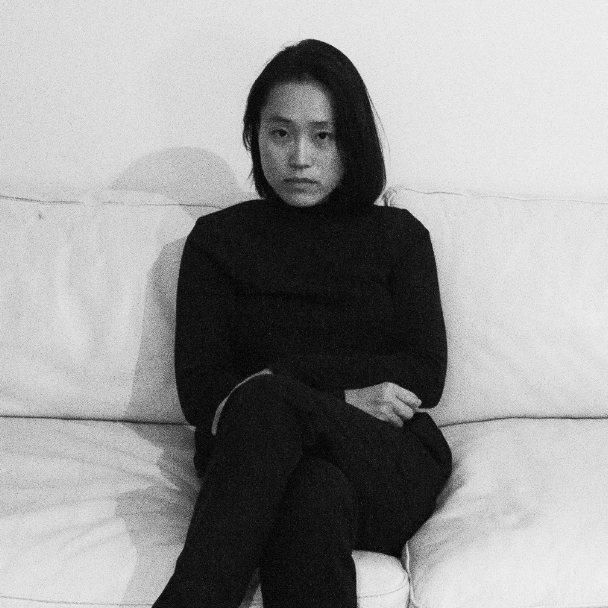
EUNsun cho
cover artist ISSUE04
A South Korean artist based in Berlin, works primarily in the field of photography but also drawings, sculpture, and installation. She studied architectureة photography, and currently studies mathematics at Technische Universität Berlin.
Her last projects revolve around the elements of photographic mediums dealing with physical and technical problems such as measurements, algorithms, analog/digital difference, and representation of language of formality accompanied by the process of the image. In conjunction with these themes, she investigates the intersection of biology, chemical-physical phenomena, and mathematical problems with photographic reality. Another interest evolves from the interaction between humanity and its contradistinction surroundings.
ISSUE04 | Artists
Eun Sun Cho - Rabee Baghshani - Absent Chronicles - Maisoon Al Saleh- Anna Snegina - Catrinel S.tudio - Jonathan Walland - Barry Wolfryd - JPRV - Tobias Tavella - Dina Cline - Juan Jimenez - Moebocop - Ni Petrov - Samuelle Green - Susana Aldanondo - Peace Yena Park - K.D.G- Nikola Konstantin - Qeas Pirzad - Aomi Kikuchi - Ronald Gonzalez - Susana Mulas Lastra - Maryamsadat Amirvaghefi - Igor Zusev - Cheryl Safren - Alastair Becker - Emma Coyle - Krishna Pulkundwar - Patrik Sevcik - Who is bgw - Zuzana Petrakova - Gudrun Latten - Aurelie Crisetig - Cecilia Battaini - Marco Riha.
ISSUE04 | Interviews
You are an artist, designer, performer and you would like to be publish your interview on Al-Tiba9 magazine and platform? Send us at interviews@altiba9.com or fill the form HERE.
Jonathan Walland approaches modern architecture in a way that eliminates distraction and pushes forward a sense of clarity, keeping the viewer focused on the purest elements of photography. He shifts the visual characteristics synonymous with painting onto the photographic medium. Walland’s work is consistent with the massive amount of detail present in each photograph.
Catrinel Sabaciag is a Romanian product designer and artist who studied product design in Edinburgh and Lund and has worked in Eindhoven, Sectie-C. Her work bridges product design, installation, and sculpture in a multidisciplinary approach that often finds its roots in science and philosophy, while the making, quite experimental, is oriented towards material exploration.
Absent Chronicles was born out of a need to express, construct, tear down and process. It is the music created by structuring chaos juxtaposed by visuals generated by processing musical parameters while trying to implement the almost inevitable technological changes happening around us, instead of fighting against them: walking the intersection of art and technology, exploring the stories yet to be told.
The work investigates the exploration and exploitation of “human symbology,” the many “forms” of how we relate to ourselves and others. Wolfryd aims to “awaken minds” to fleeting governing laws by virtue of playing pictorial detective through challenging social norms. He creates a tangible environment in which the viewer challenges the perspectives about the qualities of culture and history.
JP Racca Vammerisse, a Paris based sculptor with a passion for ceramics. He stages mixed media works masterfully, often injecting other materials such as textiles, plastic, glass, or cardboard, with a keen sense of drama. His artistic production is inspired by both popular and erudite culture. Sources range from Gothic Fantasy to Tex Avery, from gleeful reinterpretations of ornamental styles of Late Baroque architecture to artifacts of the 19th century.
Aomi Kikuchi is a Japanese creator of innovative fine arts. She is inspired by Buddha’s philosophies of impermanence, insubstantiality, and suffering in all life—referred to in Japanese as Mujo(無常), Muga (無我), and Ku,(苦). She raises awareness that acceptance of impermanence and insubstantiality can liberate from dissatisfaction or suffering.
Krishna Pulkundwar deals with different artistic mediums, techniques, and processes. He believes simple is the best, but the simplest thing is the most difficult to create. His work is inspired by every sensible thought, where raw thoughts are subconscious visuals. In day to day activities, problems, attractive forms, desires, expectations, leave reflections on his mind.
Tobias Tavella’s "Dynamic Studio Practice" examines sculpture, sound, and objects according to their space-constituting consequences. He creates new contexts of meaning where sounds, "objet trouvés" from nature, and technology are his primal spatial experience of fragility. With his temporary spatial interventions, he reflects the social framework of art and its conditions of production and representation.
Gudrun Latten discusses aesthetic problems and questions in photographs and videos, including the image and all its qualities, reality and illusion, art-historical genres, pluralism in style, the ambiguity of signs, gender, and identity issues. His videos are figurative art and are about abstraction, digital color, and movement, visualizing abstract content with figures. He admires Surrealism above all, while the tradition of baroque still life is also essential for his pictures.
Cheryl Safren has abandoned traditional artistic materials altogether and creates art-employing chemical processes on metal. She cannot get enough of learning about new materials. and harnesses chemistry to create art. To most artists, experimentation is an essential part of finding their voice. For Safren, the process is a central aspect of any artist’s work, but the materials usually employed do not evolve as much as the artists do.
Susana Aldanondo embodies in her work the joy found in the human connection, focusing on the positives through gestural abstraction, splattered and dripped paint, large and thin strokes, straight lines, and loose curvilinear forms. She creates movement and energy that stand out in her abstract paintings. She expresses a deep connection to identity and spirituality, appealing to deep feelings of connection to ourselves and others.
Born in 1988, Emirati artist and entrepreneur Maisoon Al Saleh is active in Dubai and internationally. Her art dives below the obvious meaning residing on the surface of stories and accounts of the past. She is inspired by historic representational art. Her work brings viewers into a discussion about the importance of Emirati history and challenges how we think about history, memory and their representation in mainstream media.
Anna Snegina abstract expressionism work often includes dynamic brushstrokes as well as drips of paint. It may accurate geometric shapes and elements. Whether it’s a photo or a sculpture, it’s always the creative process that leads Anna in her art, and it’s a study of the world and introspection at the same time. She aims to inspire those who see her artwork to discover the beauty in colors, shapes, everyday objects.
Born in Amsterdam to Afghani parents, and studied at the Royal Academy of Art at the Hague, Qeas Pirzad learned very early in life to navigate between two opposite worlds. He uses creativity as a bridge and battles with a sense of belonging that deviates from his ancestors. Qeas Pirzad’s most recent body of work takes a critical view of the creation of personalized existence while reflecting on societal and ancestral influences.
A small body photography series of floral images became the base for Emma Coyle’s abstract work. Her art began with each photograph being minimally drawn, taking away its 3-dimensional aspect, and then sized up on the board or canvas. Her work questions what can be considered a painting, how abstract art is evolving, and how artists can develop ideas to create something of their own.
Dina Cline works are critical engagements with philosophical principals of aesthetics and questions of existentialism. More recently, Dina Cline's painting has engaged with issues of psychology and mental health, as well as notions of the existence of God. As someone living with bipolar disorder and experiencing periods of mania and depression, she has a unique perspective on the human brain.
In Patrik Sevcik there is no material form of the final work. In producing silk screen printings. He often negates, erases, or makes unreadable while pointing out emptiness and phenomena, involving various social and political themes.

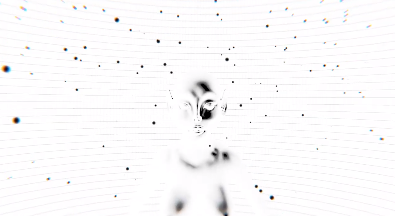


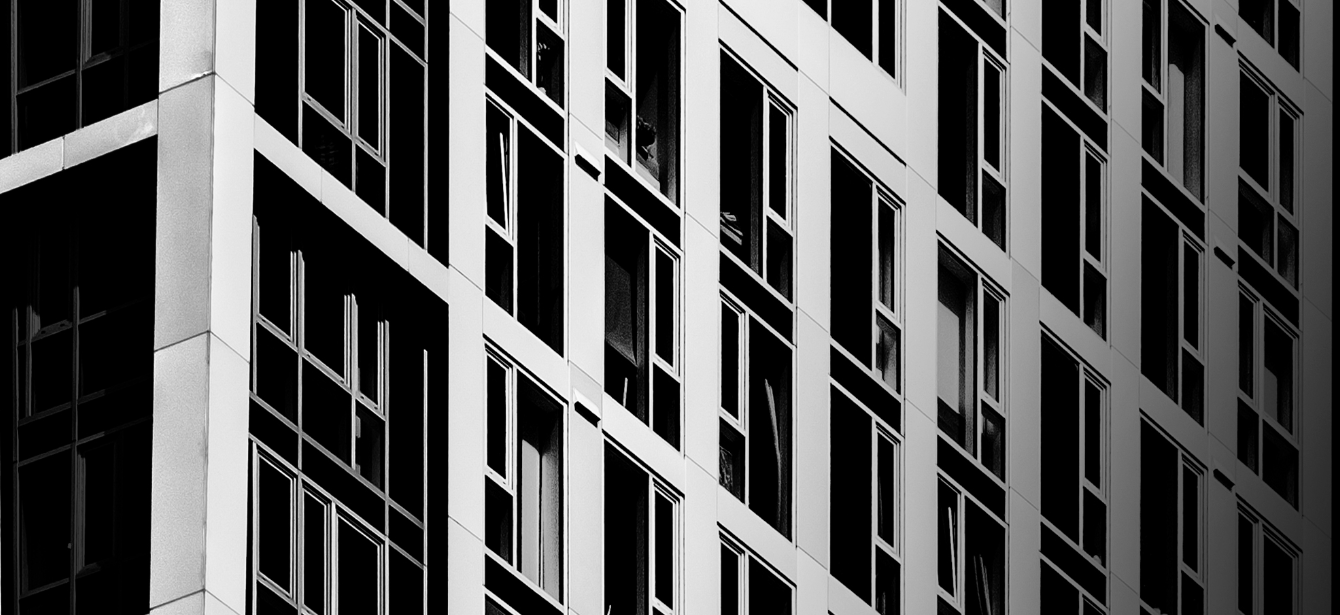


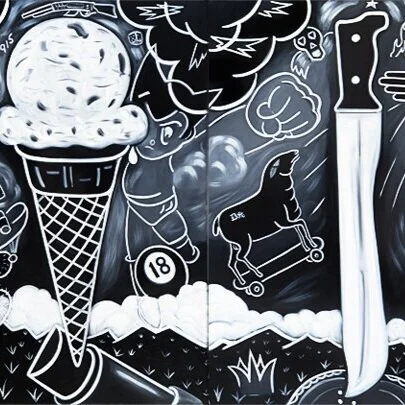




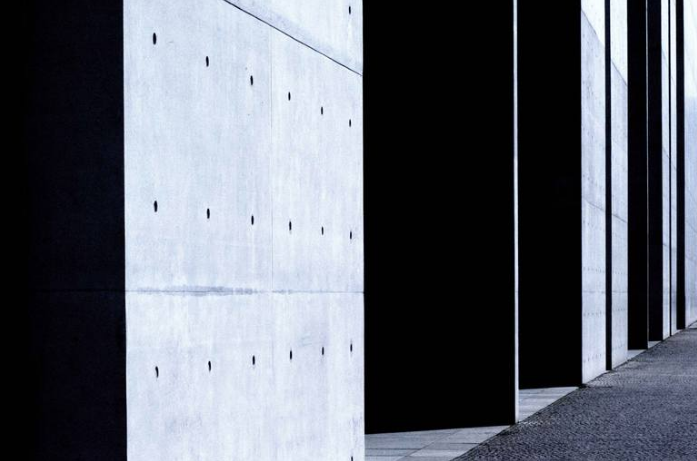





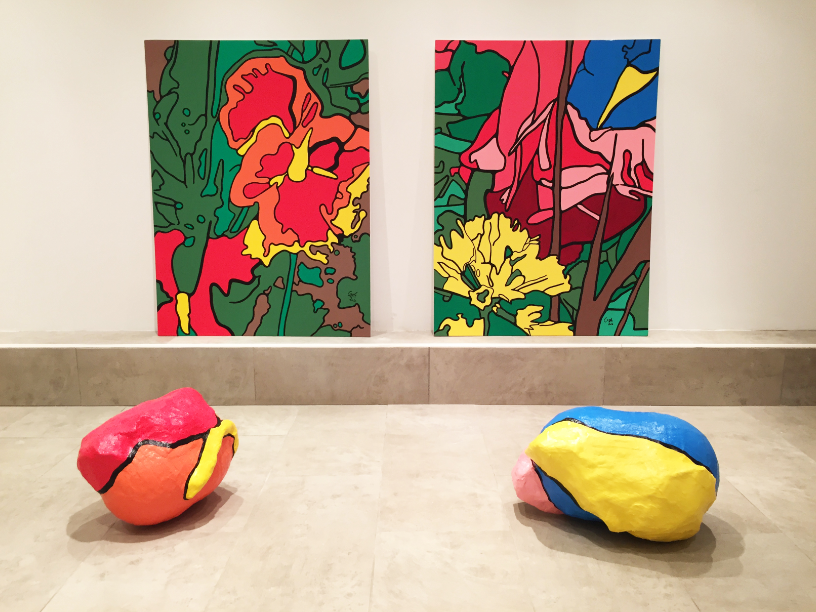

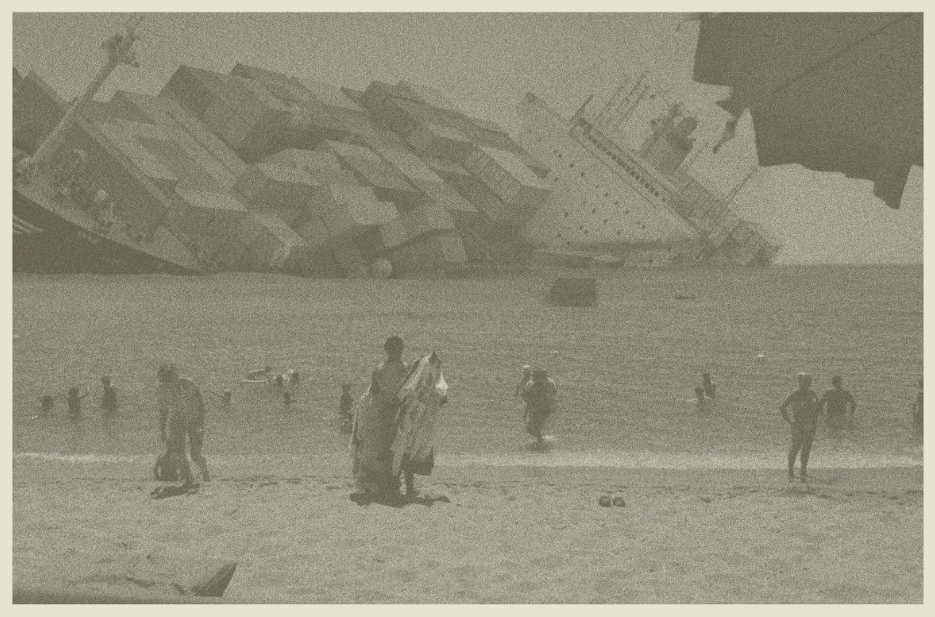






Eun Sun Cho projects revolve around the elements of photographic mediums dealing with physical and technical problems such as measurements, algorithms, analog/digital difference and representation of language of formality accompanied by the process of the image. She investigates the intersection of biology, chemical-physical phenomena and mathematical problems with photographic reality.